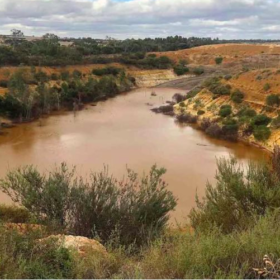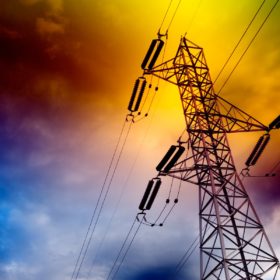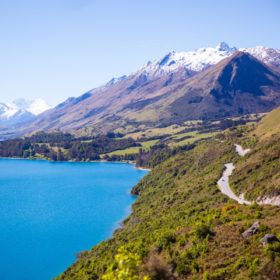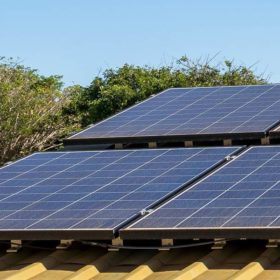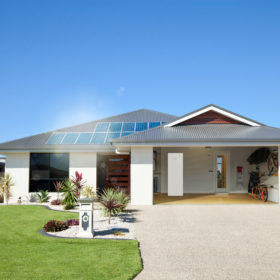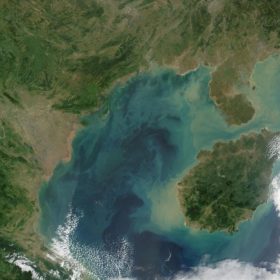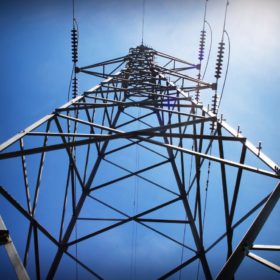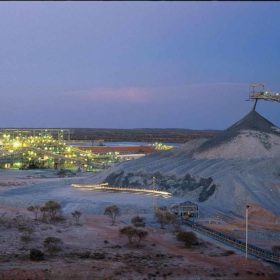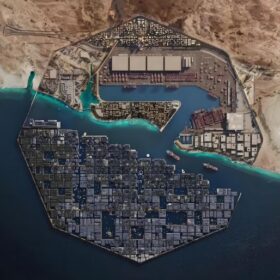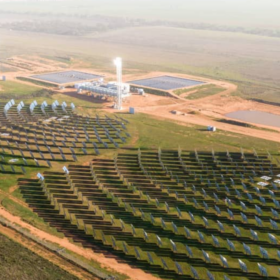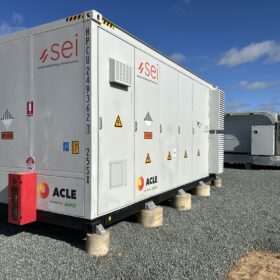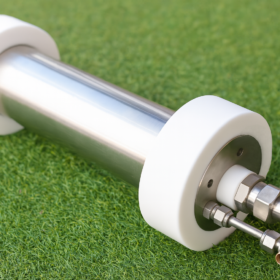Australia’s first compressed air energy storage facility gets go-ahead
The South Australian government has given its tick of approval for the development of a 5 MW/10 MWh compressed air energy storage facility, which will store excess solar and wind power at a closed underground mine.
Wind and solar cut rather than boost Australia’s wholesale electricity prices
Wholesale prices in the National Electricity Market have climbed significantly in recent years. The increase has coincided with a rapid increase in the proportion of electricity supplied by wind and solar generators. But that needn’t mean the increase in wind and solar generation caused the increase in prices. It might have been caused by other things.
Batteries well-suited to play valuable role in grid management in New Zealand’s energy transition
A report published by New Zealand’s state-owned transmission grid operator Transpower finds the widespread uptake of distributed battery storage could play an important role in supporting the power system as rooftop PV and electric vehicles are increasingly adopted.
Horizon Power’s Carnarvon DER trials picks up award
Western Australia utility Horizon Power’s Carnarvon Distributed Energy Resource (DER) PV trails have received the silver award in the Energy Smart Communities Initiatives (ESCI) Best Practice Awards in the category of Smart Grids. The award recognises the necessity of DER trailing in order to find better ways to integrate solar PV into regional locations.
China auction allocates subsidies for 22.7 GW of solar with lowest bid of $0.0407/kWh
China’s National Energy Administration has given the greenlight to 3,921 ground-mounted and distributed generation projects. The approved energy price bids ranged from $0.0407 to $0.080, depending on system size, for an average price of $0.048.
Smart meter time of use pricing to drive up household energy costs without the help of solar and batteries
New research released this week by The Australia Institute shows that ‘time of use pricing’ (ToU) facilitated by smart meters is likely to drive up household energy costs by $429 a year on top of already high prices. Analysis of national electricity market data suggests that demand for electricity in Australia is very inelastic, which makes ToU more likely to increase the profits of electricity companies than to assist consumers. Households with solar PV and batteries, however, are best suited to cope with this type of pricing.
Planet Ark Power smooths the way for urban solar farms
Voltage regulation creates challenges for grid operation, particularly at high penetration levels of solar and other distributed renewables. Fresh being recognised as energy transition pioneers at the recent Startup Energy Transition (SET) Awards in Berlin, Planet Ark Power and its behind-the-meter technology is looking to dynamize Australia’s, and the world’s, energy grids with distributed clean energy.
Grid data transparency vital to making the case for renewables in Vietnam
With a glut of solar capacity having come online this year, cheaper financing would help keep some of that momentum but policymakers cannot be persuaded of the economic benefits of clean energy unless state-owned utility EVN opens up.
AEMO: Australia will need 15 GW of utility-scale storage by early 2040s
Increased storage and strategic transmission development will be needed to ensure the lowest cost and risk transition of Australia’s energy system, the Australian Energy Market Operator states in its latest study. In 20 years time, the need for storage will be at a scale not seen before in the NEM, and both pumped hydro storage and distributed storage are set to play major roles in lowering wholesale electricity prices and building a reliable and resilient power system.
2019 shaping as watershed year for renewables in resource sector
As one of the most energy-intensive industries, the resource sector is getting serious about integrating cheap wind and solar energy into its mix to boost bottom lines. Although still predominantly underpinned by gas or diesel, mine operations are increasingly deploying hybrid solutions pointing to the potential of the sector transitioning to 100% renewables – particularly as momentum builds for green hydrogen to play a role in future microgrids.
